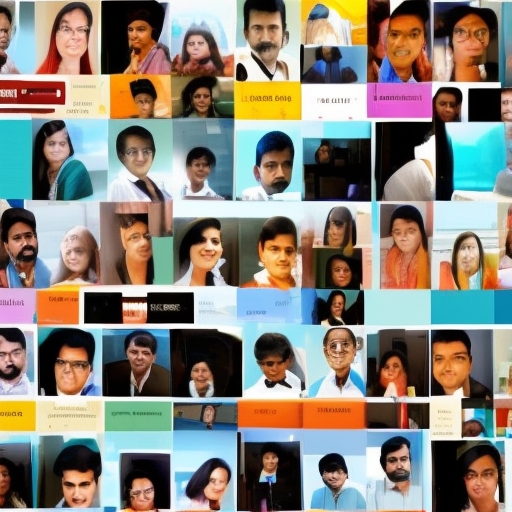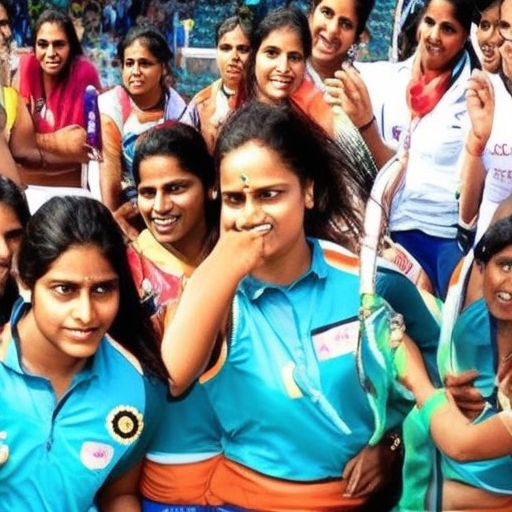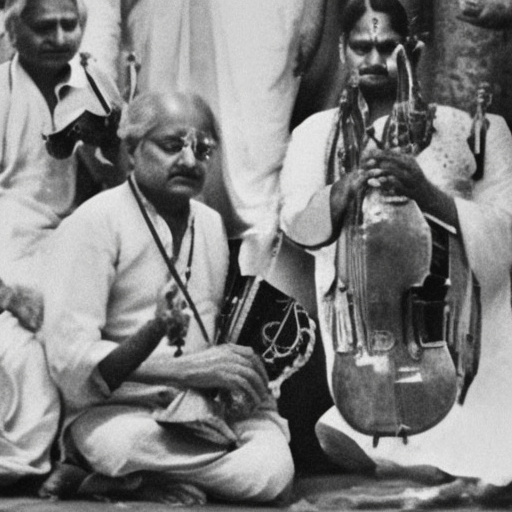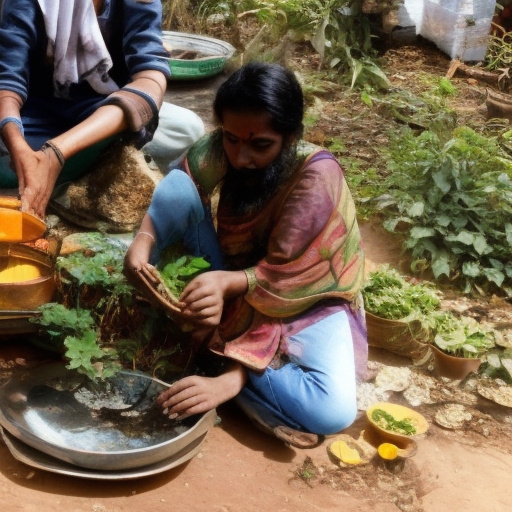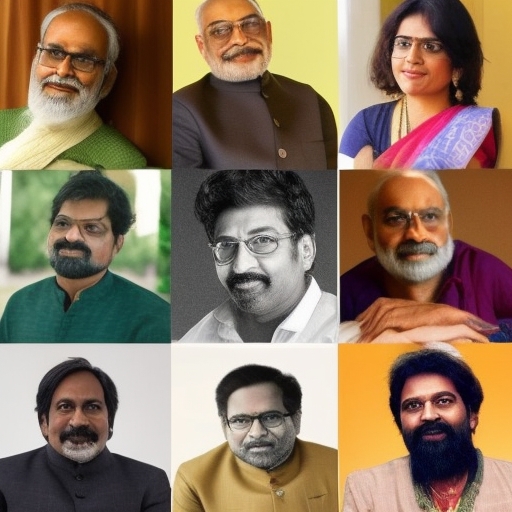Title: **The Rise of Online Education in India: A New Era for Knowledge and Learning**
**Introduction**
Welcome to the digital age, where technology has revolutionized every sphere of human life. One such transformative impact is on education, and India stands as a prime example of this paradigm shift. The rise of online education in India is not just a trend but a testament to the nation’s commitment to making quality education accessible to all. This article delves into the surging popularity of online education in India, its benefits, challenges, and future prospects.
**The Dawn of Online Education**
The inception of online education in India can be traced back to the late 1990s with the establishment of National Programme on Technology Enforced Learning (NPTEL). However, it was the advent of high-speed internet and smartphones that catalyzed its rapid growth. Today, India boasts one of the world’s largest online learning communities, with over 900 million mobile phone users and approximately 687 million internet users.
**Benefits of Online Education**
1. **Accessibility**: Geographical barriers are eliminated as learners can access quality education from anywhere, anytime.
2. **Affordability**: Online education eliminates the need for commuting, accommodation, and other costs associated with traditional classroom learning.
3. **Flexibility**: Learners have the freedom to learn at their own pace and schedule, making it an ideal choice for working professionals and students juggling multiple responsibilities.
4. **Diverse Course Offerings**: Online platforms offer a wide range of courses across various domains, catering to the diverse needs and interests of learners.
5. **Personalized Learning Experience**: AI-powered learning platforms provide personalized learning paths based on individual learning styles and pace.
**Challenges in the Online Education Landscape**
1. **Digital Divide**: While India has a vast digital population, the digital divide persists, especially in rural areas, limiting access to online education for many.
2. **Quality Concerns**: The quality of online education can vary significantly, and there are concerns about certification authenticity.
3. **Infrastructure Challenges**: Reliable internet connectivity remains a challenge in several parts of India, affecting the learning experience.
4. **Lack of Interaction**: Online learning lacks the interactive and collaborative elements found in traditional classrooms, potentially impacting learners’ engagement and understanding.
5. **Regulatory Hurdles**: The lack of clear regulations governing online education creates uncertainty and challenges for both educational institutions and learners.
**Future Prospects: The Road Ahead**
The rise of online education in India is only set to accelerate as the government, educational institutions, and private sector invest in digital infrastructure and innovation. Initiatives such as Digital India, Swachh Bharat Abhiyan, and Skill India aim to provide digital literacy, affordable internet access, and vocational training to millions of Indians.
However, challenges remain. Addressing the digital divide, ensuring quality education, and creating a conducive regulatory environment will be crucial in realizing the full potential of online education in India. Collaboration between stakeholders, innovative solutions, and a focus on learner-centric approaches are key to overcoming these hurdles and ushering in a golden era of education in India.
**Conclusion**
The rise of online education in India is more than just a trend; it represents a transformative leap towards accessible, affordable, and quality education for all. As we navigate the challenges and embrace the opportunities, we are writing a new chapter in India’s educational history, one that promises to enlighten and empower generations to come.
👉 [Best Deals on Amazon!](https://amzn.to/abcd) | [Flipkart](https://fkrt.it/xyz123)
